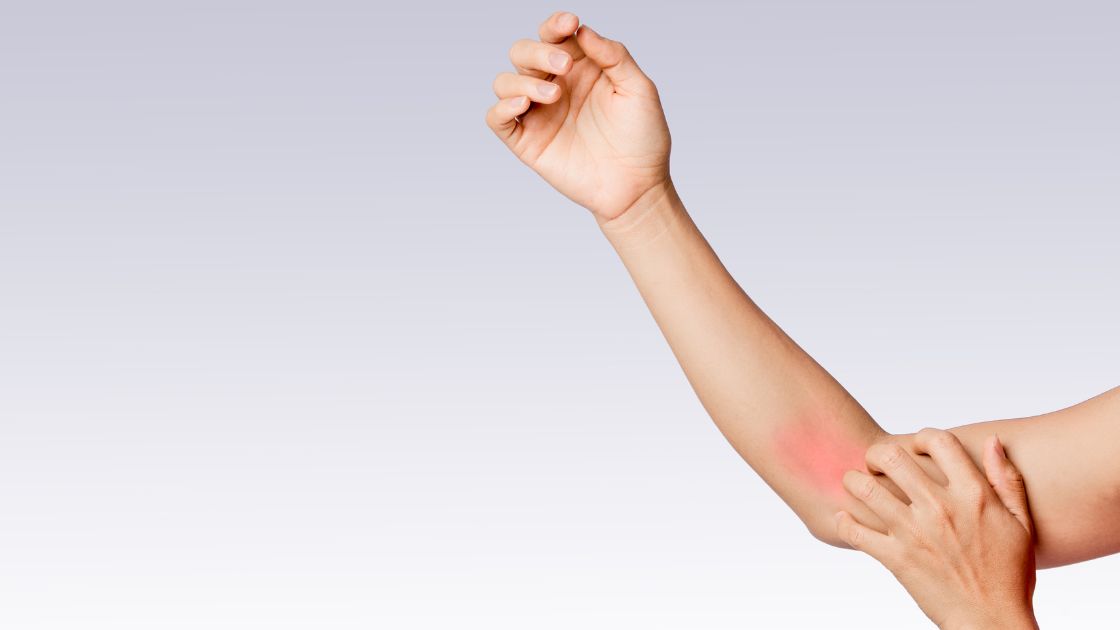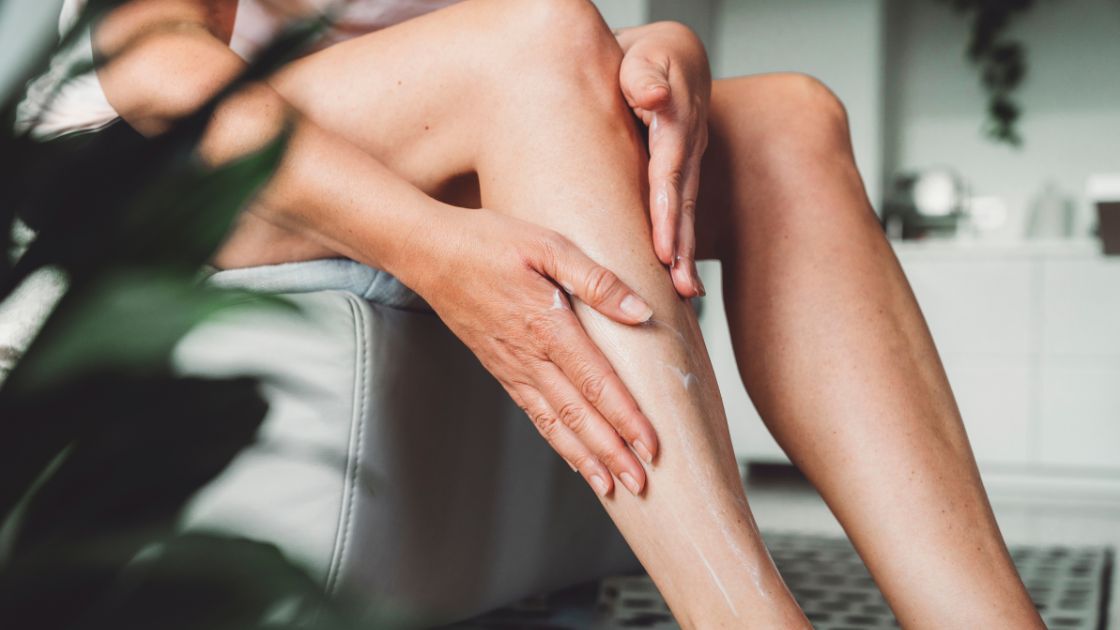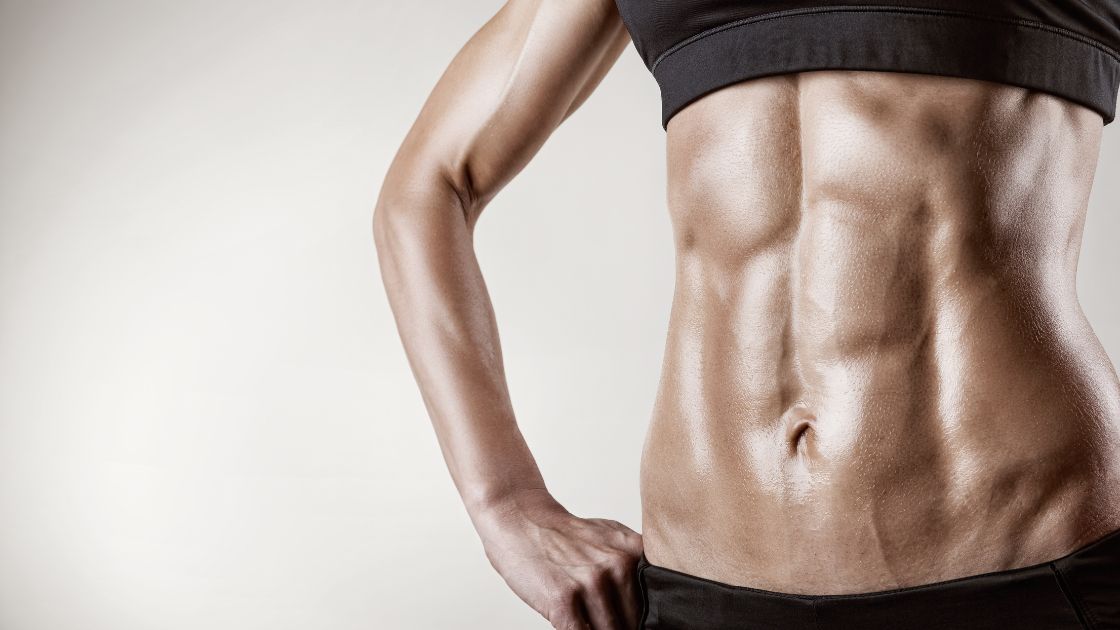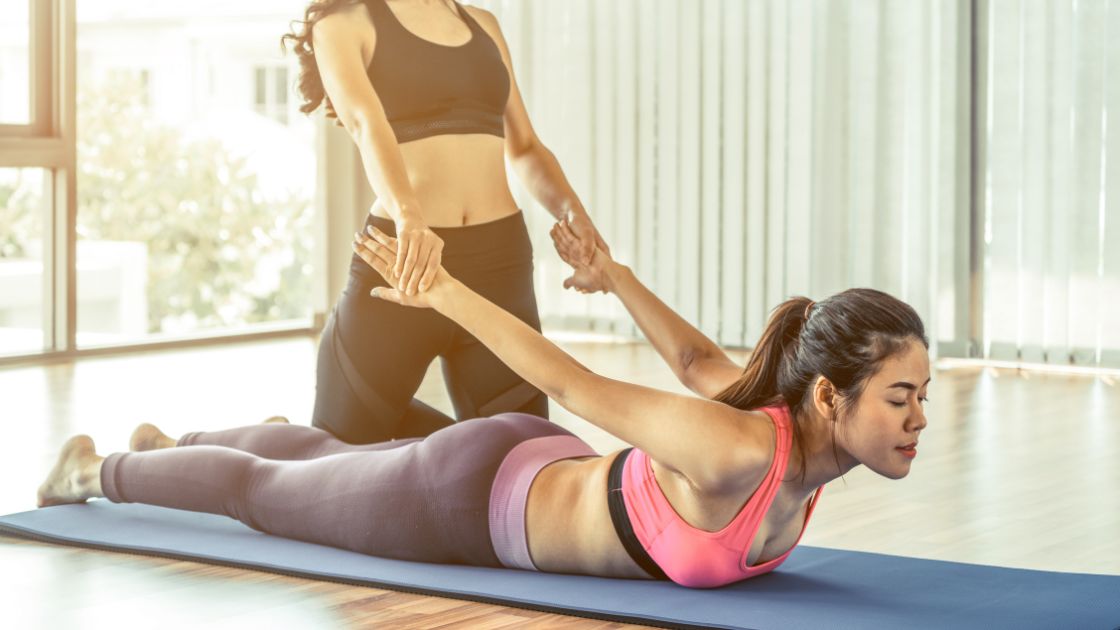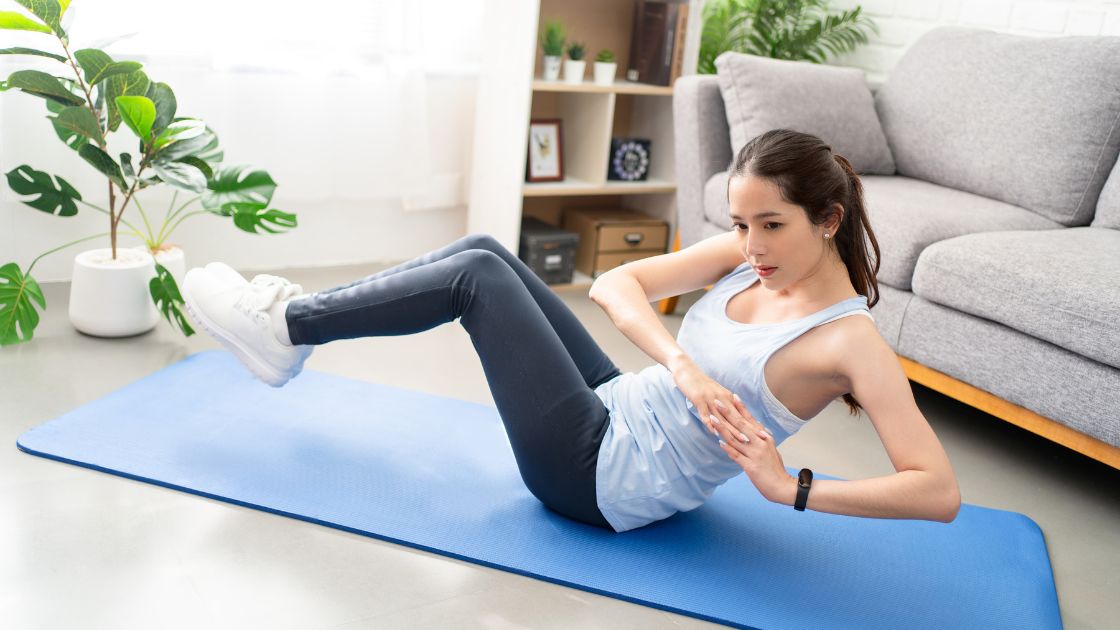Upper Cross Syndrome

Upper Cross Syndrome is the most common postural fault and it causes a lot of symptoms. Most people sit too much (at a computer) and do not use their body as they should. We are not built to sit, when we do, certain muscles get tight, and certain muscles get weak. This leads to postural faults, trigger points, tension, decreased performance and accelerated arthritis (and other joint dysfunction).
People with Upper Cross Syndrome often have headaches, neck pain, shoulder pain, arm pain and upper back pain. Besides treating symptoms of pain and tension, treating Upper Cross Syndrome can be used to prevent pain, prevent arthritis, prevent disc injuries and improve human performance.
People Who Suffer From Upper Cross Syndrome Have:
- Forward Head Posture – this can be visualized by looking at a person from the side. Is their head centered over their body, or is it out in front of them?
- Forward Rolled Shoulders – the shoulders should be in line with the torso, not pointing out in front of the body
- Accentuated curvature in their upper back, called “Kyphosis”
- People with Upper Cross have a hard time putting their hands behind their backs – and it can get so bad, they have a hard time putting on a belt
Upper Cross Syndrome did not occur over night, gets worse over time, and requires a team effort to correct
The “Team” Includes
- Doctor of Chiropractic to evaluate the musculo-skeletal system and treat misaligned joints
- Massage Therapist to lengthen shortened muscles and remove muscle pathologies (adhesions, trigger points, neurological weakness)
- YOU are the most integral part of the team – being mindful of poor posture as well as doing the prescribed exercises, up to three times per day
Massage Therapist Training
All of our Massage Therapists are licensed by DORA to perform massage therapy in Colorado. All of our Massage Therapists complete instructor-led training (by Dr. Moyer) in regards to Upper Cross Syndrome. Our therapists have been trained in treating the shortened muscles that are pulling the head and shoulders forward, as well as treating the muscles that have developed myofascitis (“trigger points”) because they have been chronically overstretched.
Can I Treat Upper Cross Syndrome Myself?
Generally, no, and here’s why. The weakened muscles are usually the ones that cause the most pain. The pain comes from a “knot” in the muscle. Knots can not be stretched out.
Consider tying a knot in a rope, grabbing both ends of the rope and pulling…the knot gets tighter.
Additionally, misaligned joints may need to be put back into place. Ultimately, trigger points need to be removed, shortened muscles need to be lengthened, weak muscles need to be strengthened, and joints need to be re-positioned. This is a lot for a person to accomplish on their own, however, it can be done.
To discuss your options, schedule a Postural Evaluation with Dr. Moyer.
Written by: Randy Moyer, DC
Originally Published September 6, 2016, Updated July 22, 2019
Photo Credit: Canva

